
Hi Design Sketchers!
I want to share something truly essential for anyone diving into the world of design sketching: training your 3D vision. This is a game-changer when you want to draw things fast and start creating from your imagination. Let me tell you how thinking in 3D, seeing things in transparency, and breaking complex shapes into simple volumes can transform your sketching journey.

1. Why 3D Vision Matters in Design
When I was a kid, drawing an elephant was all about tracing the contour on paper — flat and simple. But give that same kid some clay, and watch magic happen. The child rolls the clay into cylinders, cones, and spheres, assembling them into a volume. Suddenly, the elephant is no longer a flat sketch but a 3D object in space.

As designers, we do something similar, except we train our minds to see through things — like they’re transparent volumes. This mental trick helps us decompose any subject into basic shapes like cubes, cylinders, and cones. Then, we can rotate and view these shapes from different angles, enabling sketching from imagination, not just copying.
2. Seeing in Transparency: The Designer’s Superpower
Imagine sketching with the illusion that your shapes are transparent. It sounds tricky, but when you practice, it becomes second nature. Visualizing internal structures and understanding how shapes overlap or intersect is like having X-ray vision for design.
Here’s a quick tip for training this skill:
- Start by drawing simple shapes — spheres, cubes, and cylinders.
- Draw these shapes as if you can see inside them.
- Overlap shapes and try to visualize how they fit together in space.
- Practice rotating them mentally, then sketch the forms from different angles.
3. Training Your Brain with Simple Exercises
Training 3D vision is not a switch you flip overnight. It takes practice and patience. Here are some fun exercises I recommend for beginners:
- Use clay or playdough, roll simple shapes, then draw what you made from different angles.
- Look at everyday objects and try to break them down into basic volumes mentally.
- Sketch these objects multiple times, focusing on their 3D construction rather than surface details.

Remember, the goal is to shift from thinking flat to thinking in volumes.
4. Personal Story: How This Changed My Sketching
I recall a moment when I first understood this concept fully. Trying to sketch a complex product design, I got stuck. Instead of giving up, I broke the object down into cylinders and boxes in my mind. Sketching those transparent volumes helped me complete the design confidently and faster. It still feels like magic every time!
5. Tips for Beginner Sketchers
- Don’t rush. Sketching in 3D is a skill to develop with time.
- Keep your sketches loose and light initially — focus on shapes, not details.
- Use transparency to understand depth and layering.
- Rotate objects with your mind — use your imagination actively.
- Practice daily, even for a few minutes.
Keep a sketchbook dedicated to 3D practice. You’ll see progress quickly!
If you need to train your perspective, I invite you to download the Designer Starter Kit, or if you already have some good notion of perspective, you can start this beginner tutorial to draw and modify cubes in transparency.
I hope these insights help you start seeing your designs in a new light. It’s a rewarding journey, and every sketch gets you closer to mastering your 3D vision.
Cheers, Chou-Tac


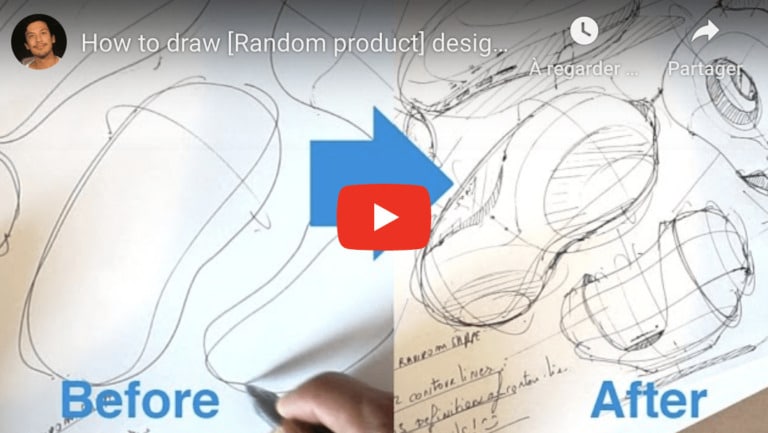
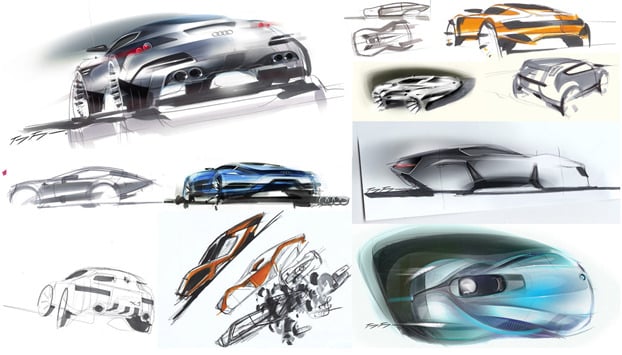

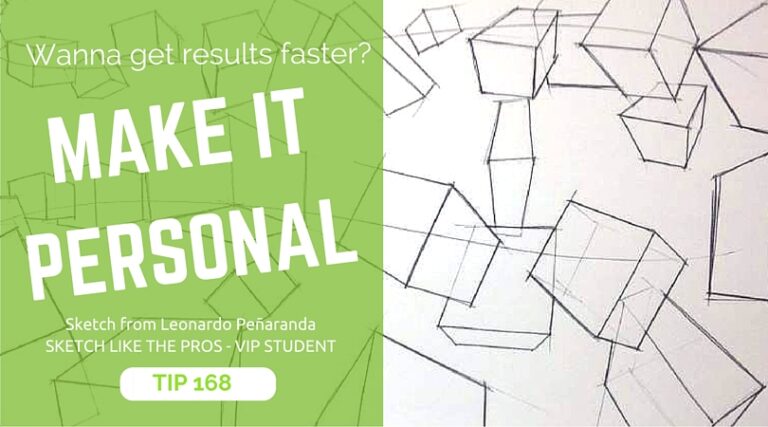
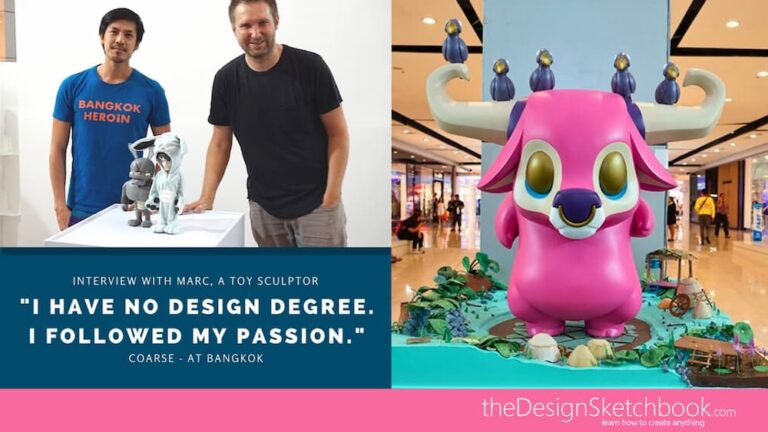

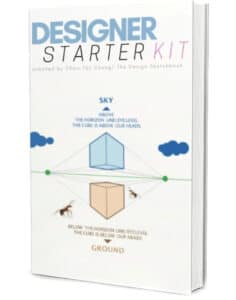

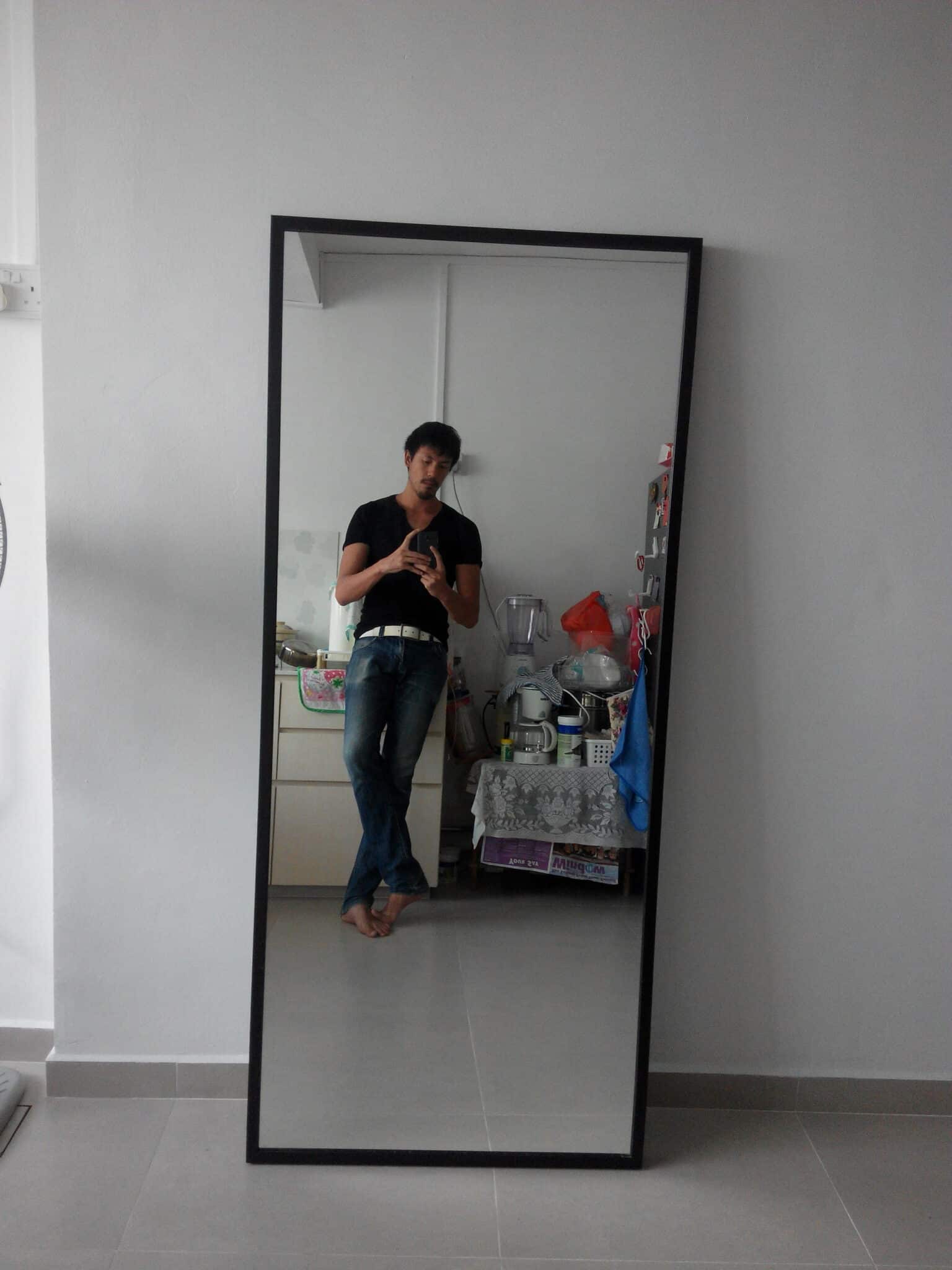




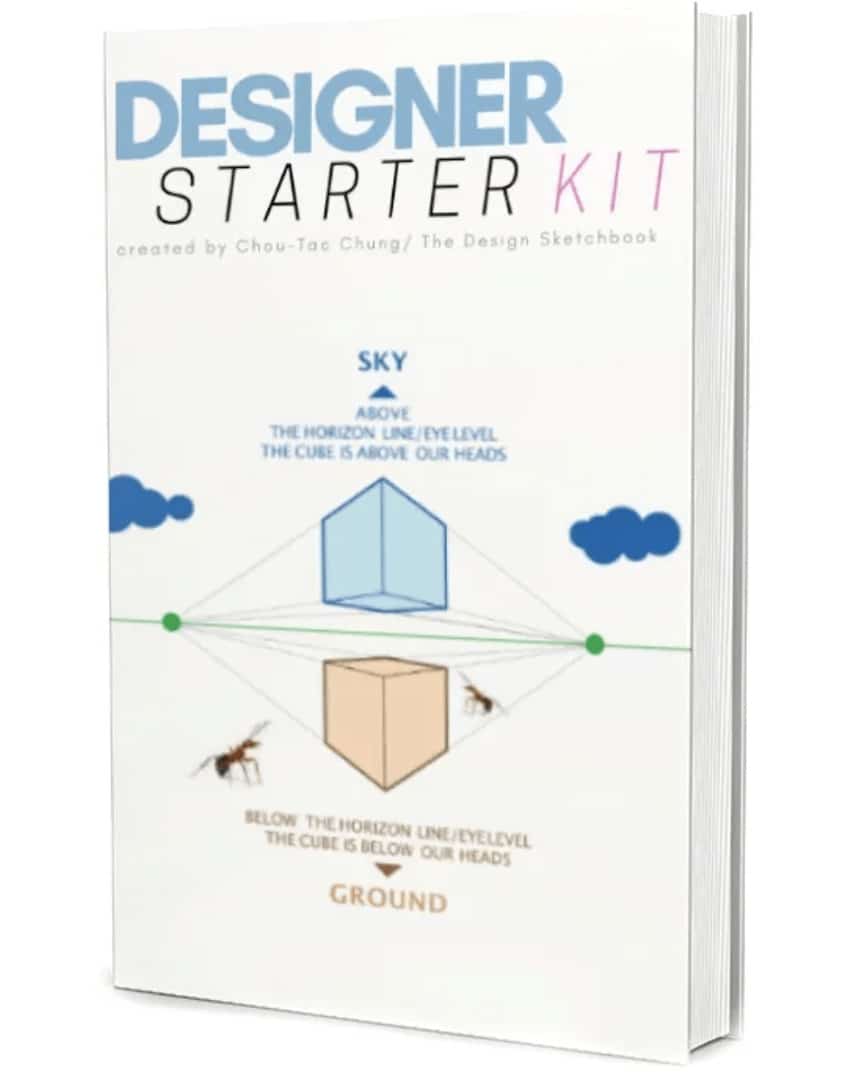


Hey!! Iv been using copic and touch twin marker ..the touch twin is very similar to the touchlit , well at least it looks like it …on the marker on…it says http://www.shinhanart.com
Thank you Muhammed 🙂
Hey! I was wondering if you know where to buy those touchliit markers online. Also, thank you so much for this whole website, it is so helpful 🙂
Hello Catarina,
On the marker, a website address is written on it: Maieart but that link goes nowhere. I guess the brand doesn’t produce them anymore. I saw these markers on Ebay from US sellers. It was more expensive than the price I bought (from Vietnam) but it’s still affordable.